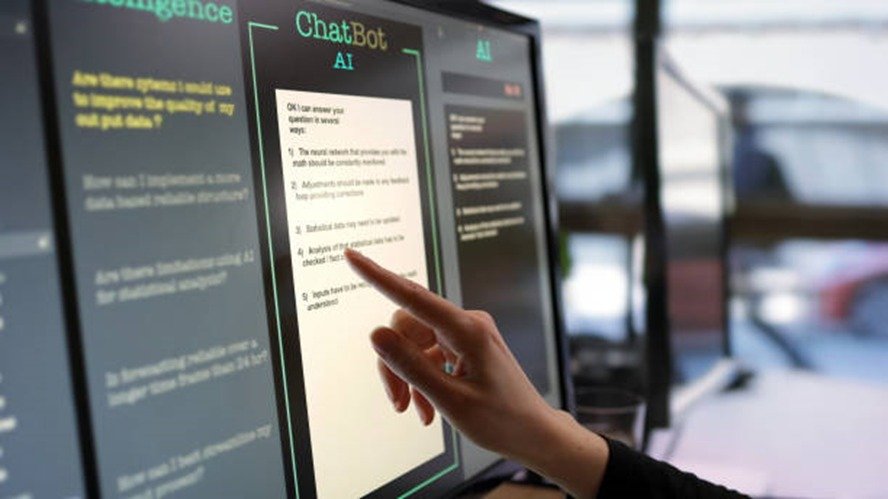As artificial intelligence continues to evolve, so does its ability to mimic human communication. What once sounded robotic and formulaic can now pass convincingly as human writing. From emails and blog posts to academic papers and resumes, AI-generated text is everywhere—and it’s getting harder to spot.
In an age where written content powers decisions in education, hiring, publishing, and compliance, the ability to verify whether something was written by a person or machine has become critically important. This is why Check on AI (перевірка на ші) tools are emerging as a key defense in protecting the integrity of human-authored work.
The Blurred Line Between Human and Machine Writing
It wasn’t long ago that AI writing was easy to detect. The tone was stiff, the vocabulary unnatural, and the structure repetitive. But today’s language models—like GPT-4 and similar tools—produce writing that can carry tone, emotion, and even humor. This makes detection not just a technical task, but a necessary one.
AI-generated text today can show:
- Contextual awareness
- Regional and cultural nuance
- Emotionally resonant tone
- Coherent structure across long-form content
This advancement in quality poses new challenges for educators, hiring managers, publishers, and legal teams who rely on authenticity. Without proper detection tools, AI content can easily pass as human work—intentionally or unintentionally.
Why AI Detection Matters
The consequences of failing to detect AI-generated content are real and growing. Here’s why detection is no longer optional:
1. Academic Integrity
Students may use AI to write essays, reports, or even entire theses. Without detection, this undermines both academic standards and student learning.
2. Recruitment Transparency
Job seekers might submit AI-generated cover letters and resumes that don’t reflect their actual communication skills. Recruiters need to know if the content reflects the candidate or the tool.
3. Publishing and Media
Online platforms risk flooding their sites with AI-generated submissions, which can crowd out authentic voices and damage credibility.
4. Legal and Compliance Risks
In industries governed by strict communication and disclosure rules, submitting AI-generated text without proper attribution could lead to regulatory violations or brand damage.
These risks are not hypothetical—they’re already happening. That’s why institutions and organizations are increasingly adopting AI detection as part of their workflow.
How Modern AI Detection Works
Effective AI detection tools go far beyond looking for “robotic” language. Instead, they rely on statistical and linguistic models to evaluate how likely a piece of text was written by a machine.
Key Detection Techniques:
- Probability Pattern Matching: AI often uses statistically likely word combinations, making its sentence structures more predictable than human writing.
- Stylistic Fingerprinting: Tools examine rhythm, vocabulary variety, and phrasing patterns common to machine-generated content.
- Consistency Checks: Sudden shifts in tone, grammar quality, or complexity can indicate machine involvement.
- Confidence Scoring: Rather than a simple yes/no verdict, modern detectors provide a probability score, helping users make informed decisions.
With AI output becoming more adaptive and less formulaic, the tools to detect it must also grow smarter.
CudekAI: Precision Detection for High-Stakes Environments
To meet these challenges, platforms like CudekAI offer advanced AI detection systems that are designed for real-world use. While many detection tools provide surface-level guesses, CudekAI dives deeper by analyzing linguistic structure, flow, and style shifts to determine authorship with greater accuracy.
What Makes CudekAI Stand Out?
- Deep Linguistic Analysis: CudekAI examines sentence flow, rhythm, and natural variation to identify patterns that AI typically produces.
- Confidence-Based Reporting: Users receive a score showing how likely the content is AI-generated, rather than a binary judgment.
- Cross-Industry Applications: From universities to publishers and compliance teams, CudekAI is built to adapt to varied needs.
- Privacy and Compliance Focus: The system is designed to work within the bounds of data protection and academic standards, ensuring responsible use.
Organizations integrating CudekAI into their content review process gain a significant advantage in maintaining trust, quality, and authorship accountability.
Where Detection Fits into Everyday Workflows
AI detection tools like CudekAI are no longer just for specialists—they’re becoming standard in many content review processes:
- Professors checking for original student work
- HR managers reviewing resumes and communication assessments
- Editors verifying that guest posts are authentically human
- Legal teams ensuring official communications comply with authorship and transparency regulations
By inserting a detection layer into these workflows, institutions reduce risk, improve quality control, and protect their reputations.
Conclusion: AI Detection Is a Necessity, Not a Luxury
Artificial intelligence is here to stay—and that includes its ability to write. But the rise of AI-generated content doesn’t mean we should give up on knowing what’s real. The ability to distinguish human-written text from machine-produced content is vital for trust, integrity, and fairness.
With tools like Check on AI (перевірка на ші) and advanced platforms like CudekAI, we can keep pace with this evolving landscape. These tools empower educators, employers, editors, and compliance teams to make informed, ethical decisions in a world shaped by AI.
The future of content may be machine-assisted, but the future of communication must still be honest, verifiable, and human at its core.

